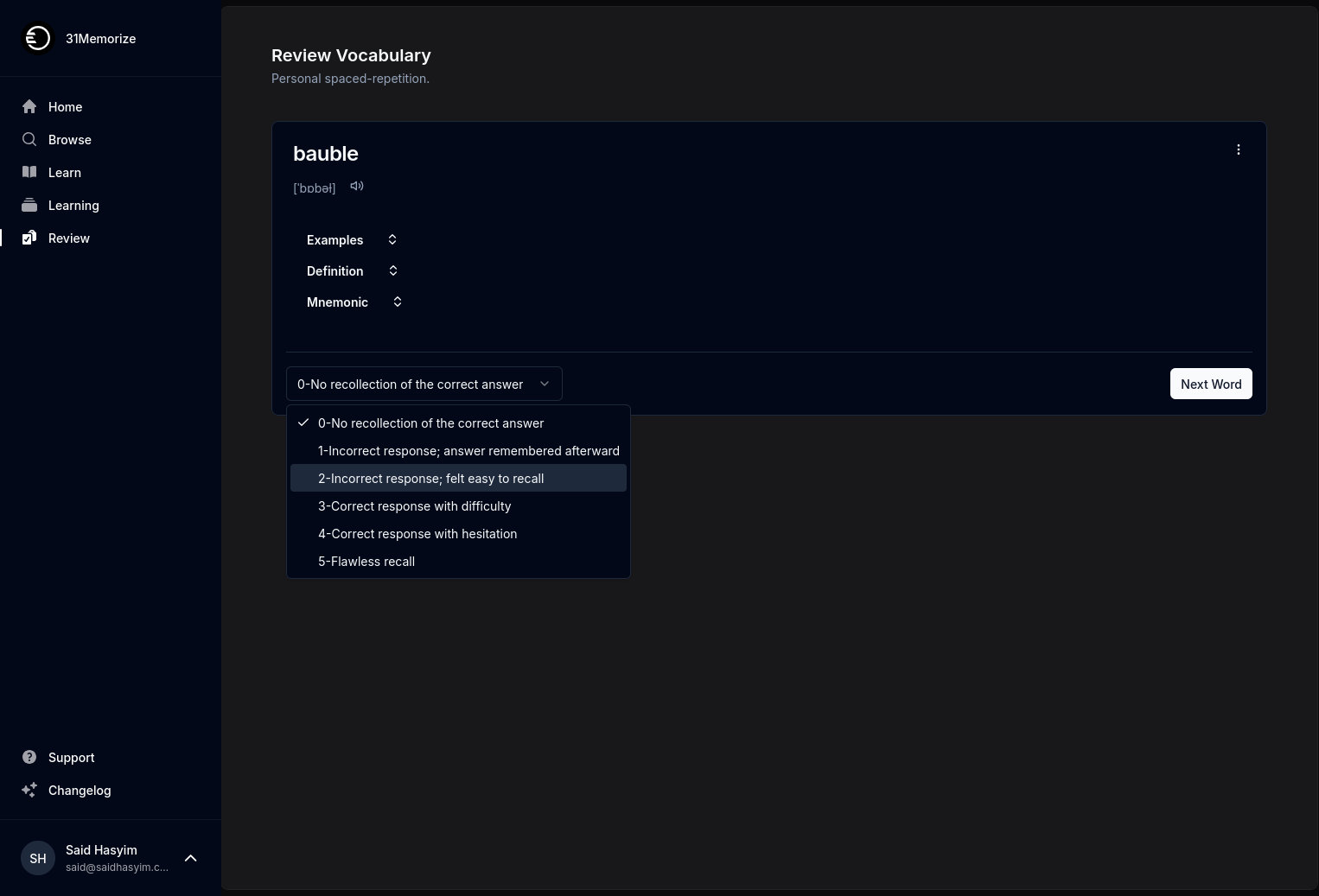Tracking Your Reader Impact: Benefits of Monitoring
In the modern digital landscape, content creation has become an integral part of how we communicate, market, and share knowledge. Whether you're a blogger, a business content creator, a marketer, or an organization, understanding how your readers engage with your content is vital. Tracking your reader impact is not just about knowing numbers; it's about interpreting those numbers to enhance your strategy, improve your content, and ultimately achieve your goals. In this blog post, we will discuss the various benefits of monitoring reader impact and how it can significantly influence your efforts.
Understanding Reader Impact
Before diving into the benefits of tracking reader impact, it’s important to define what it means. Reader impact refers to how your audience interacts with and responds to your content. This includes metrics such as:
- Page views
- Time spent on page
- Bounce rate
- Social shares
- Comments and feedback
- Conversion rates (for marketing or business goals)
Analyzing these behaviors allows content creators to assess not only what content resonates but also how effectively it meets the audience's expectations and needs.
Benefits of Monitoring Reader Impact
1. Informed Decision Making
Data-driven insights can lead to more informed decisions regarding your content strategy. By regularly monitoring reader impact, creators can determine which topics resonate most with their audience. This knowledge can inform future content creation, allow you to pivot your strategy quickly if something isn’t working, and ultimately save you time and resources.
2. Enhanced Audience Understanding
Tracking reader behavior offers a deeper understanding of your audience’s preferences and interests. With this information, you can create more tailored content that directly addresses their needs, leading to stronger connections and increased loyalty. Understanding your audience can also help segment them, allowing for more targeted and effective communication.
3. Improved Content Quality
With insights from monitoring, content creators can identify patterns of success and areas for improvement. Perhaps certain headlines generate more clicks, or certain formats (like videos vs. written articles) are more engaging. By analyzing this data, you can iteratively improve the quality of your content, ensuring that it not only attracts readers but also retains their attention.
4. Maximized Engagement
Engagement is a key metric for any content creator. By tracking how readers interact with your content, you can explore different avenues to boost engagement. This could involve tweaking the style of your writing, incorporating multimedia elements, or even adjusting your call-to-action strategies. Understanding peak engagement times can also inform your publishing schedule for maximum reach.
5. Identification of Content Gaps
Monitoring your reader impact allows you to spot content gaps and opportunities. If you notice that certain topics attract interest but lack comprehensive coverage on your platform, this signals a potential area for new content creation. Filling these gaps can not only enhance your authority on specific subjects but also attract new readers looking for that information.
6. Increased ROI
For businesses, tracking reader impact is integral to measuring the return on investment (ROI) for content marketing efforts. By analyzing which types of content are leading to conversions, you can allocate your resources more effectively, focusing on content that drives revenue. This focused strategy enhances overall business performance and justifies the investment in content creation.
7. Real-Time Adjustment Capabilities
The digital world is fast-paced, and content relevance can shift quickly. Tracking reader impact provides real-time feedback that allows creators to make timely adjustments to their content strategy. For example, if a particular article is performing well, additional related content can be produced to capitalize on that momentum. Conversely, if something isn’t working, it can be adjusted or removed before it negatively affects your overall engagement.
8. Building Community and Relationships
A direct benefit of monitoring reader impact lies in the ability to foster community. Engaging with readers through comments, providing responses to feedback, and adapting based on their suggestions enhances the relationship between creators and their audience. This two-way communication builds trust and encourages loyal readership.
9. Performance Benchmarking
Monitoring your reader impact allows for performance benchmarking against previous metrics or industry standards. Identifying where your content stands in comparison not only indicates areas of success but also highlights needed improvements. Regularly reviewing your metrics against these benchmarks fosters growth and progression.
10. Feedback Loop Creation
Lastly, tracking your reader impact creates a feedback loop that continuously informs your content strategy. Each piece of content provides additional data to assess, which feeds into future planning cycles. This continuous loop minimizes the risk of stagnation in your content strategy and ensures ongoing growth.
Conclusion
In an age where content is abundant and attention spans are waning, tracking reader impact is no longer optional; it is essential. By understanding how readers interact with content and leveraging insights gained through monitoring, creators can produce high-quality, engaging content that resonates with their audience.
Ultimately, tracking reader impact will not just enhance your content strategy; it will help cultivate a community of engaged and loyal readers. So, embark on this journey of discovery—monitor, analyze, and refine your approach to engage your audience and amplify your impact!
